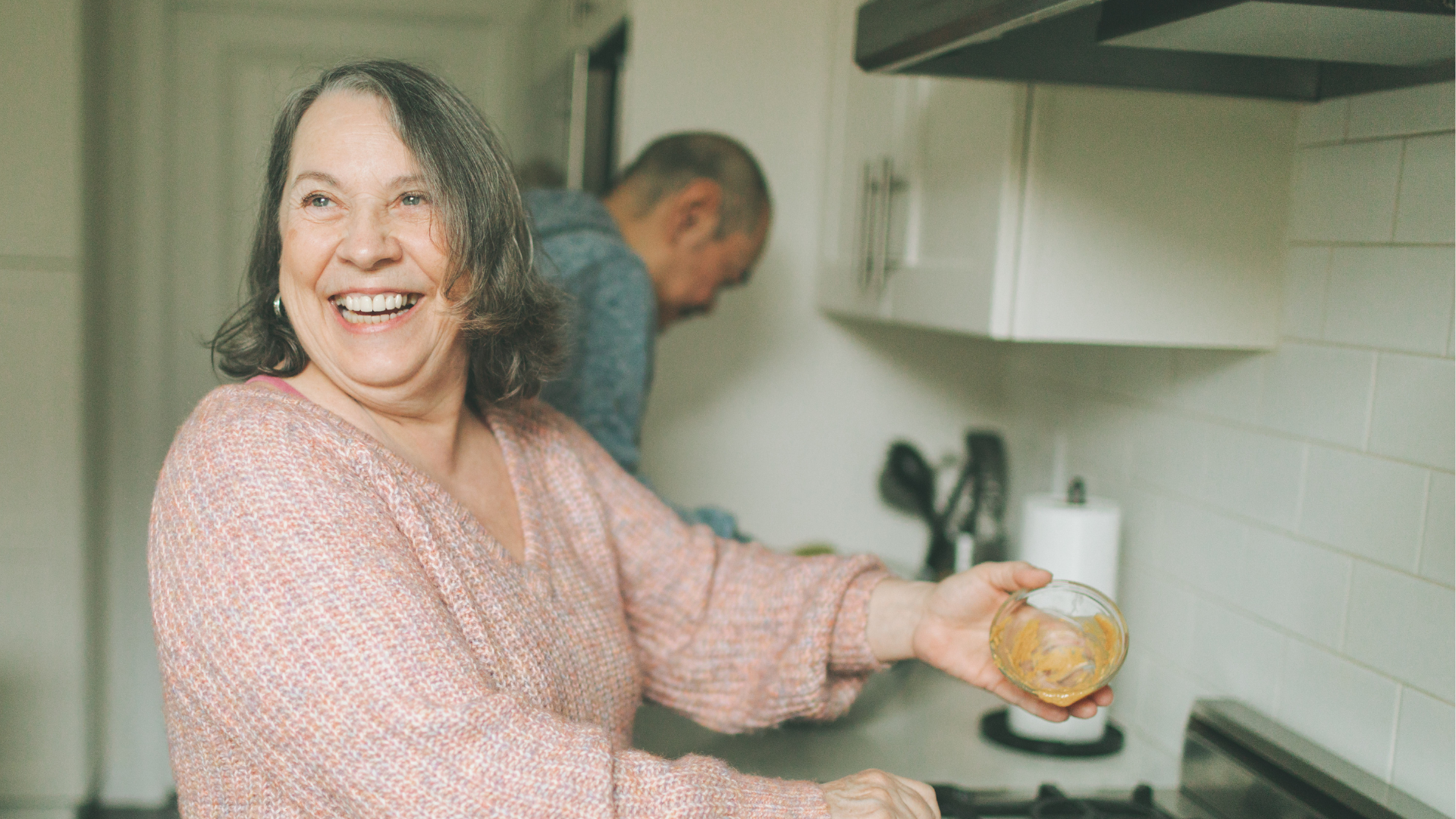Cooking with Confidence: Tips on Preparing Meals with Sight Loss
Cooking is a fundamental life skill that empowers individuals to nourish themselves and enjoy a wide variety of delicious meals. However, for people with sight loss, the kitchen can be a daunting place. Navigating the hob, chopping ingredients and following recipes can present unique challenges. But with the right strategies and tools, preparing meals can be an enjoyable and accessible activity. In this article, we'll explore some valuable tips on how to cook with confidence when living with sight loss.
Organise Your Kitchen with Accessibility in Mind
Creating an efficient and accessible kitchen space is essential, especially if you have limited sight. Here are some practical tips to make your kitchen work for you:
Dealing with Hot Liquids Safely
Handling hot liquids in the kitchen is one of the main concerns for people with sight loss when cooking. Here are some practical methods to help you:
These safety measures and kitchen gadgets ensure that handling hot liquids is manageable and secure, enhancing your culinary experience while prioritising your safety.
Effective Chopping and Precise Peeling Techniques
Achieving precision and safety in the kitchen begins with the right tools and techniques. Here are a few tips on chopping safely!
Assistive Kitchen Appliances
Technology is helping people with sight loss to retain their independence and confidently completely everyday tasks. New kitchen technology is no exception:
Conclusion
Cooking with sight loss is entirely possible with the right strategies and tools. By organising your kitchen, using accessible gadgets, and developing your cooking skills, you can regain confidence in the kitchen. With practice and patience, you'll be able to prepare delicious and nutritious meals that cater to your specific tastes and dietary needs. Cooking should always be an enjoyable and accessible activity for everyone, regardless of their level of vision.
OcuPlan was created to help patients to protect their sight and minimise the risk of sight loss. We help patients with conditions such as glaucoma and AMD to receive regular cost effective consultant meetings to monitor their vision. If you’d like to learn more about we can help you, Click Here or call 0207 173 5200
